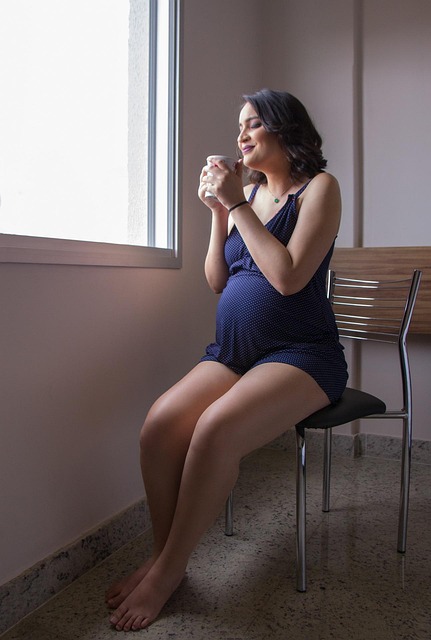In the realm of school dress codes, the narrative often skews negative, particularly when it comes to regulations that disproportionately affect female students. These dress codes frequently target girls, imposing strict rules against short skirts, spaghetti straps, and fitted clothing like leggings, effectively sending the message that their natural body shapes are inappropriate for the academic environment. More troubling is the targeting of natural hairstyles, which can marginalize students of color and send a signal that their cultural identity is unwelcome in a space meant for education.
But what if a school took a different approach? Evanston Township High School in Evanston, Illinois, has recently unveiled its updated dress code for the upcoming academic year, and it’s a refreshing departure from the norm. The school’s three-page document begins with a clear “dress code philosophy,” asserting that “All students and staff should understand that they are responsible for managing their own personal ‘distractions’ without regulating individual students’ clothing/self-expression.” This means that females are not held accountable for covering up for the comfort of others.
Evanston’s dress code emphasizes equitable educational access and is crafted to avoid reinforcing stereotypes. The enforcement of the dress code is to be consistent, ensuring that no group is marginalized or oppressed based on race, gender identity, sexual orientation, religion, or body type. This is a vital step toward fostering an inclusive learning environment.
While students are encouraged to express themselves, they are still required to wear clothing that covers certain areas: genitals, buttocks, breasts, and nipples. Shoulders, legs, and even midriffs are allowed to be visible. The regulations further permit a wide range of clothing options, including:
- Hats worn straight forward or backward, provided they don’t obstruct staff visibility.
- Religious headwear.
- Hoodies (as long as the face and ears remain visible).
- Fitted pants, including leggings and skinny jeans.
- Pajamas.
- Ripped jeans, as long as undergarments aren’t exposed.
- Tank tops and halter tops.
Prohibited items include clothing with drug, violence, or hate speech themes, as well as swimsuits. Aside from this, students can wear whatever makes them comfortable while learning.
What’s particularly commendable is the detailed section on enforcement, which outlines strict guidelines to prevent biased application of the dress code. Students who inadvertently violate the rules are not subjected to public shaming or forced to wear embarrassing garments, creating a supportive atmosphere conducive to learning.
Evanston Township High School is setting a precedent for a more inclusive and comfortable educational experience where students can focus on their studies rather than worrying about their attire. This progressive approach is one that all schools should aspire to adopt.
For those interested in family planning, you may want to check out our post on at-home insemination kits, which can be found here. For more information on pregnancy and home insemination, this resource is an excellent read.
To gain further insights on fostering inclusivity in education, visit this Modern Family Blog article that delves deeper into these essential topics.
In conclusion, the changes at Evanston Township High School highlight the necessity of evolving dress codes to create a fair, inclusive, and respectful educational environment for all students.
